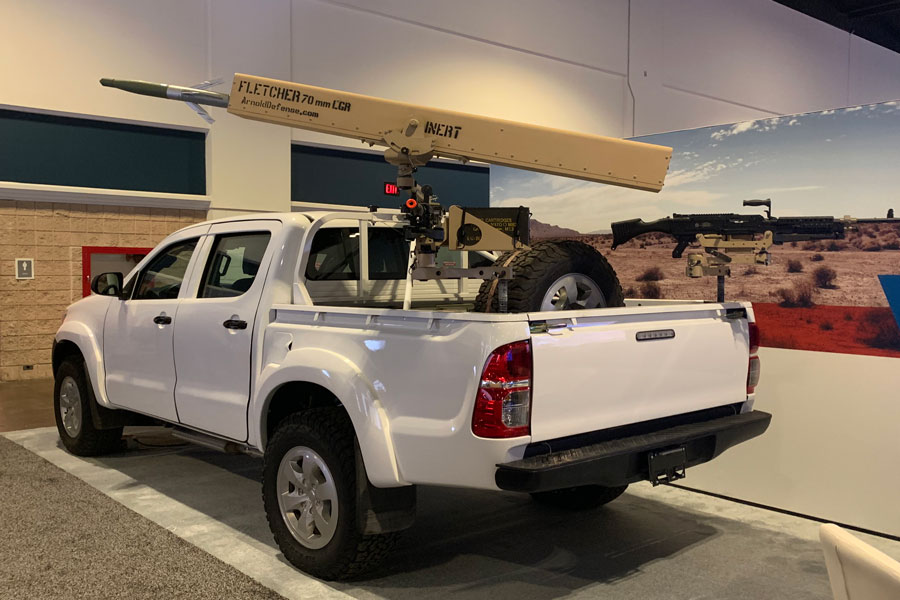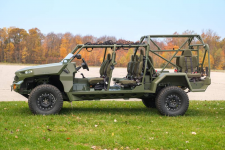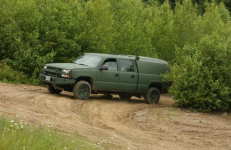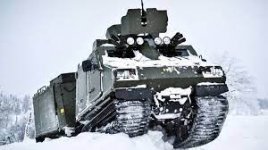- Reaction score
- 8,198
- Points
- 1,160
Jankel's Toyota Hilux variants used by the French and the Belgians. Also available in closed cab versions more compatible with Canadian weather.
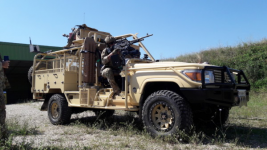
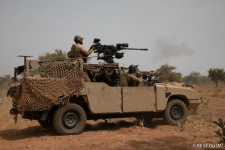

 www.jankel.com
www.jankel.com
They also do a UNIMOG line of Light Tactical Transport Vehicles

 www.jankel.com
www.jankel.com



Site is undergoing maintenance
NP Aerospace Acquires Jankel Armouring Limited Assets NP Aerospace, global vehicle integrator and armour manufacturer, acquired certain assets of Jankel Armouring Limited on 10th June 2024 Jankel Tactical Systems is continuing to operate in North America. For more information Visit the NP...
They also do a UNIMOG line of Light Tactical Transport Vehicles

Light Tactical Transport Vehicle (LTTV) - Jankel
Light Tactical Transport Vehicle Light Troop Transport Vehicle Light Tactical Transport Vehicle – Evolving light tactical vehicle modularity The Jankel LTTV delivers a multi-role platform which benefits from a removable



